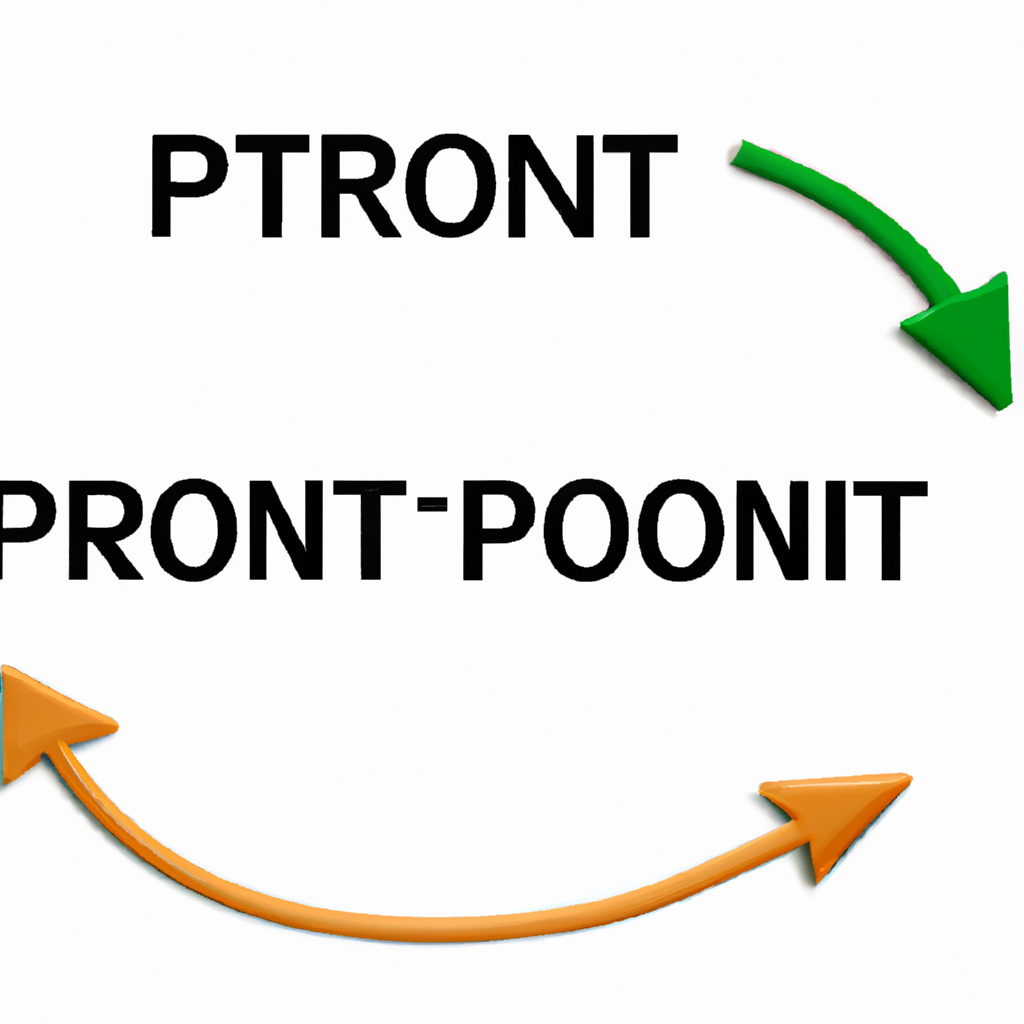Introduction
Pivot point trading strategies are widely used by traders to identify potential turning points in the market. These strategies rely on a mathematical calculation that takes into account the previous day’s high, low, and closing prices to determine key levels of support and resistance. In this article, we will explore the concept of pivot points and discuss some popular trading strategies that can be implemented using them.
Understanding Pivot Points
What are Pivot Points?
Pivot points are calculated based on the previous day’s price action and are used to identify potential levels of support and resistance. The pivot point itself is the average of the previous day’s high, low, and closing prices. Additionally, several support and resistance levels are calculated based on this pivot point.
Support and Resistance Levels
The support levels below the pivot point are calculated by subtracting multiples of the previous day’s range from the pivot point. Conversely, the resistance levels above the pivot point are calculated by adding multiples of the previous day’s range to the pivot point. These levels act as potential areas where the price may reverse or encounter significant buying or selling pressure.
Pivot Point Trading Strategies
1. Pivot Breakout Strategy
One popular pivot point trading strategy is the pivot breakout strategy. This strategy involves waiting for the price to break above or below the pivot point level, indicating a potential trend reversal or continuation. Traders can enter a long position if the price breaks above the pivot point and a short position if it breaks below.
2. Pivot Bounce Strategy
The pivot bounce strategy focuses on trading the price as it bounces off the support or resistance levels calculated from the pivot point. Traders can enter a long position when the price bounces off a support level and a short position when it bounces off a resistance level. This strategy assumes that the price is likely to reverse or experience a significant pullback when it reaches these levels.
3. Pivot Range Strategy
The pivot range strategy involves identifying the trading range between the support and resistance levels calculated from the pivot point. Traders can enter long positions near the support level and short positions near the resistance level, aiming to profit from the price oscillating within this range. This strategy is particularly useful in markets that lack a clear trend.
Conclusion
Pivot point trading strategies offer traders a systematic approach to identify potential turning points in the market. By using pivot points and the associated support and resistance levels, traders can make more informed trading decisions. Whether it’s through breakout trades, bounce trades, or range trades, pivot point strategies can provide valuable insights and enhance a trader’s overall trading approach. However, it’s important to remember that no strategy is foolproof, and proper risk management and analysis should always be employed when implementing any trading strategy.

